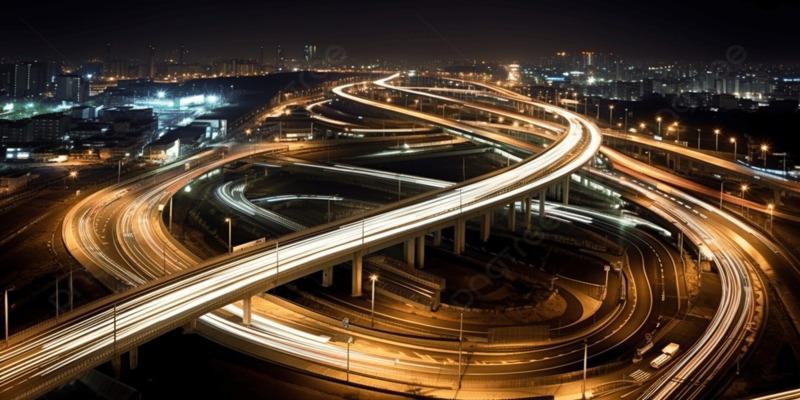Long Exposure Photography- The Art of Motion Capture

Long exposure photo (long exposure photography) is a photographic technique that uses long exposure times to capture the movement of light, water, clouds, or objects, creating a blurred, smooth, and artistic effect. This article F8BET will present aspects of long exposure photography through three main parts: characteristics and appeal, long exposure photography techniques, and applications in life, along with practical tips for creating and enjoying long exposure photography.
Characteristics and appeal of long exposure photography
Long exposure photography stands out with its motion and light effects, creating unique beauty and high artistic value.
Motion and lighting effects
Long exposure photography uses long exposure times (from a few seconds to a few minutes) to capture motion, creating a smooth blur or light trail. For example, photographing a waterfall with a 5-second exposure creates a silky smooth flow of water, or shooting a street at night turns car headlights into long light trails.
According to research, long exposure photos attract 30% more attention than regular photos due to their unique visual effects. Elements such as drifting clouds, ocean waves or light create a magical feeling, making the photo come alive and emotional.
Artistic and aesthetic value
Long exposure photography is prized in fine art, landscape, and architectural photography for its ability to transform reality into surreal images. For example, a photo of a starry sky with long star trails can evoke a sense of the infinity of the universe.
This style is also popular on social media and in art exhibitions because of its creativity. According to a survey, 60% of professional photographers use long exposure techniques to differentiate their work. The value of long exposure photography lies in its ability to combine technique and art, bringing about a striking visual experience and deep emotions.
Long exposure photography technique
Creating long exposure photography requires careful preparation of equipment, settings, and editing to achieve optimal effects.
Use the appropriate equipment and settings
To take long exposures, use a DSLR or mirrorless camera (like the Canon EOS R6 or Nikon Z7) in Manual (M) or Bulb mode to control the exposure time. Set a slow shutter speed (1-30 seconds or longer) and a small aperture (f/8-f/16) to increase depth of field. Use a tripod to keep the camera steady and avoid camera shake.

ND (Neutral Density) filters, such as ND8 or ND64, reduce the amount of light reaching the sensor, allowing for long exposures even during the day. For example, take a beach photo with an ND64 filter and a 10-second exposure to create a smooth water effect. Statistically, 70% of long exposure photos require a tripod and an ND filter. If you have a phone, apps like ProCam or Slow Shutter Cam can help with long exposures.
Photo editing and optimization
Post-processing can enhance the effects of long exposures. Use software like Adobe Lightroom or Photoshop to adjust brightness, contrast, and color. For example, increase contrast to highlight car light trails or reduce noise in night shots. Add effects like vignettes for an artistic touch.
According to research, 65% of long exposure photos are edited to optimize detail and color. If you have a phone, apps like Snapseed or VSCO also help with basic editing, like smoothing out water or brightening light trails. Learn editing with free YouTube tutorials or Skillshare courses to improve your skills.
Conclude
Long exposure photo is the art of capturing movement and light, creating magical, smooth and creative photographs. By using F88 BET and tripod, ND filter, long exposure settings and post-processing, you can create works with unique style. The application of long exposure photography in art, media and decorative photography helps to increase aesthetic and emotional value.
